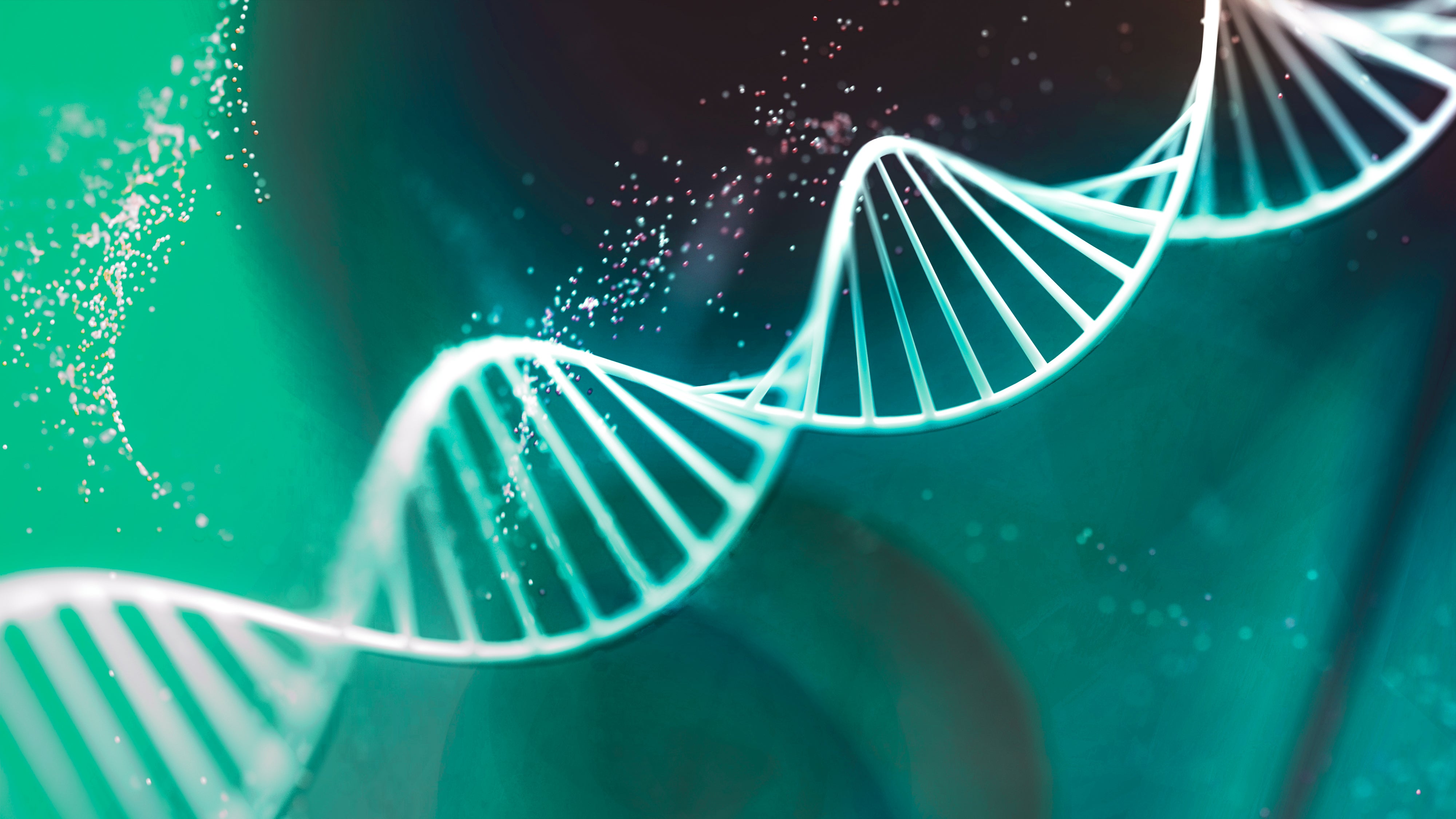Modern Europeans ‘can trace their heritage to just three tribes over last 10,000 years’ study claims
There may also be a genetic explanation for your caffeine obsession

Modern Europeans can trace their heritage to just three “tribes” over the last 10,000 years, according to a new ancestry study. Whether you are overweight, sleep well or like coffee could all be down to having genes from the hunter-gatherer, Steppe sheepherder or Anatolian farmer tribe.
From physique to health and lifestyle, interbreeding moulded the characteristics we see in ourselves today. Tall stature with a strong build, wider hips and waist indicates Steppe ancestry. High cholesterol is also more common in this group, while it tends to be lower in individuals carrying genes from hunter-gatherers.
Senior author Professor Luca Pagani, of the University of Padova in Italy, said: “Our results show the ancient populations were differentiated enough to contribute their own signature to the physiology and appearance of contemporary Europeans.” They were separated for thousands of years and evolved in different directions, creating mass movements then led to them breeding with each other, shaping most of our genetic make-up.
The first “layer” of European ancestry occurred before the Ice Age 40,000 years ago with the indigenous hunter-gatherers. But 7,000 years ago, they were swept up in a migration of people from the Middle East, who introduced farming. Then about 5,000 years ago, herders called the Yamnaya came from the eastern Steppe region in present-day Ukraine and Russia. These horse riding metal workers may have brought Indo-European languages with them. Today this language family comprises most of what is spoken in Europe.
Previous analyses have relied on the information contained in ancient genomes - a human’s blueprint contained within the nucleus of every cell. They described some biological traits such as milk digestion, height and skin, eye or hair colour.

But leader of the study Dr Davide Marnetto, of the University of Tartu, Estonia, said: “With our study, instead, we asked how the physiology and appearance of contemporary Europeans are influenced by these ancient footprints that are still embedded in their genomes.”
The findings are based on data from 50,000 individuals who volunteered their DNA for the Estonian Biobank. Dr Marnetto explained: “We specifically measured whether having a certain feature, such as high cholesterol, is coupled with having inherited more variants from a specific ancestry, exactly in those DNA regions influencing cholesterol levels.”
The international team also identified significant differences ranging from eye and hair pigmentation to sleep patterns, when someone gets their first menstrual cycle and their coffee consumption. They did so by observing subtle effects and contrasting particular mutations.
The experts behind the study recognised it would be simplistic to interpret patterns across Europe only as down to one tribe without considering environmental and other evolutionary forces. “Furthermore, it is important to remark the link we made between a given trait and a given ancestry does not imply such a trait was predominant in a particular ancient population or absent in all other groups,” said co-author Professor Mait Metspalu, also from Tartu.
The focus on the Estonian and European populations was due to the sheer amount of data available compared with other ethnicities. Dr Marnetto said: “There is absolutely no evidence indicating Europe encompasses higher genetic diversity and more complex heritage than other continents. An increased coverage of samples from across the world is crucial to enhance our understanding on how past human history shaped the trait variability displayed by contemporary individuals.”



Join our commenting forum
Join thought-provoking conversations, follow other Independent readers and see their replies
Comments